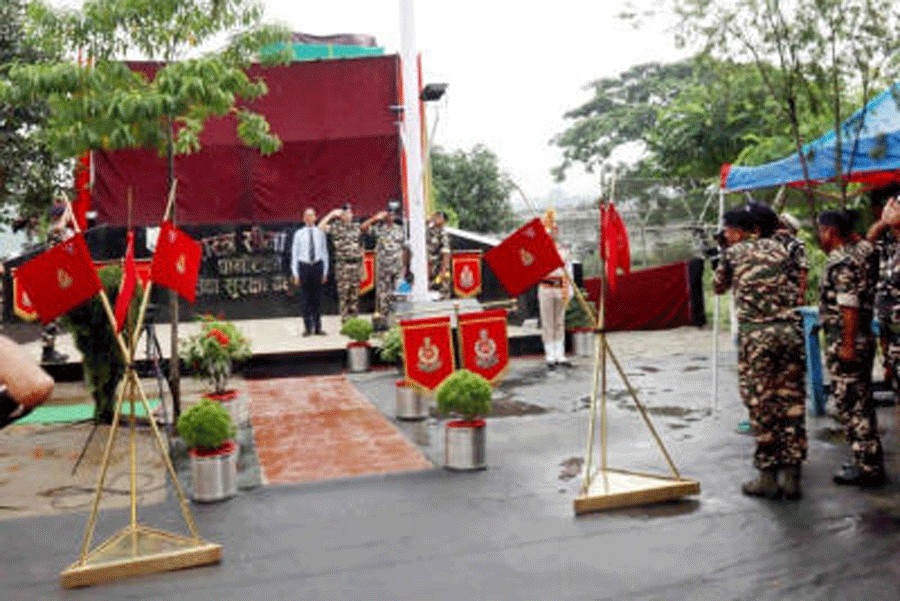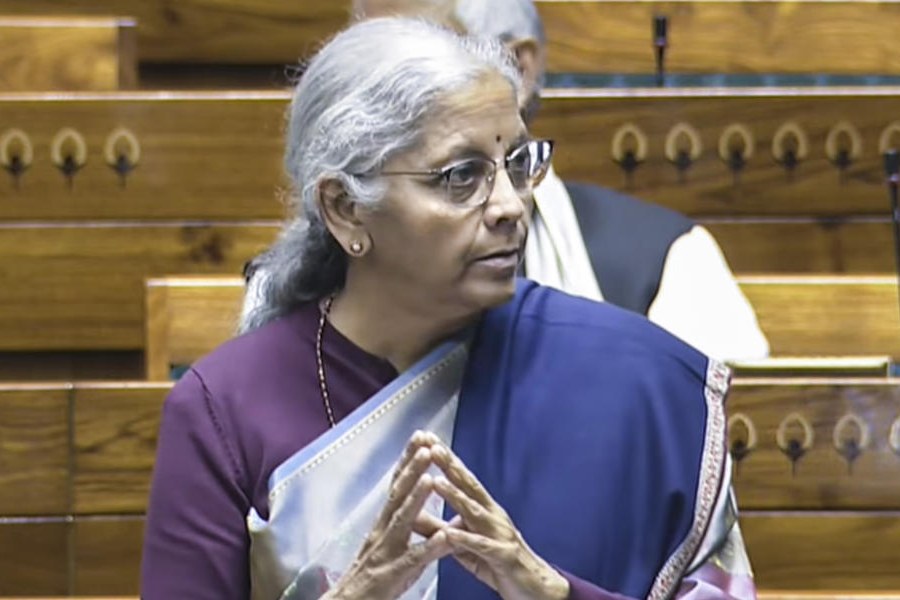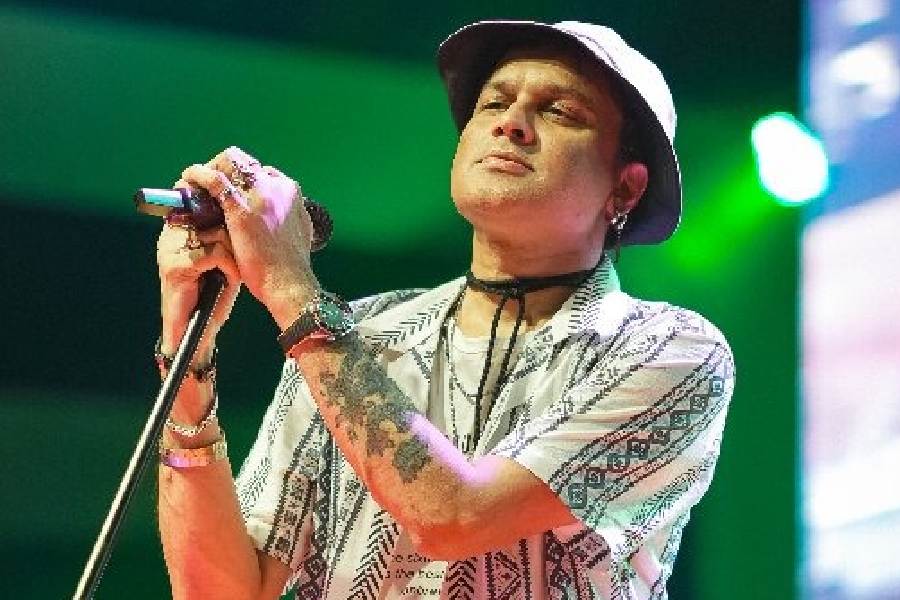India’s decision to suspend the Free Movement Regime (FMR) with Myanmar has had a ripple effect in Darjeeling hills with a similar demand concerning Nepal.
On Thursday, Union home minister Amit Shah announced the government’s decision through X. "It is Prime Minister Shri @narendramodi Ji's resolve to secure our borders. The Ministry of Home Affairs (MHA) has decided that the Free Movement Regime (FMR) between India and Myanmar be scrapped to ensure the internal security of the country and to maintain the demographic structure of India's North Eastern States bordering Myanmar. Since the Ministry of External Affairs is currently in the process of scrapping it, MHA has recommended the immediate suspensions of the FMR,” Shah wrote on X.
When the FMR was valid, a citizen of either India or Myanmar residing within 16km on either side of the border could cross the border by showing a border pass, usually valid for a year, and stay for up to two weeks per visit.
The decision to suspend FMR came two days after Shah had announced that the government would construct a fence along the 1,643km border with Myanmar.
The developments are seen as a fallout of the ethnic clashes in Manipur.
However, the announcement immediately rekindled an old debate in the Darjeeling hills.
“A similar free movement, open border policy between India and Nepal must also be scrapped and a passport visa system should be introduced….Also, this has been a long pending demand of India Gorkhas for better differentiation of Indian Gorkhas who are often misconstrued as citizens of Nepal,” said Binay Tamang, general secretary, West Bengal Pradesh Congress.
Many proponents of the Gorkhaland statehood maintain that the state would establish a distinct identity of Indian Gorkhas which often gets blurred with the citizens of Nepal because of the free movement provision.
The demand for scrapping of Article VII of the India-Nepal Friendship Treaty 1950 was first raised by Subash Ghisingh, the founder of Gorkha National Liberation Front (GNLF) in 1986.
Article VII of the treaty reads: “The Government of India and Nepal agree to grant, on a reciprocal basis, to the nationals of one country in the territories of the other the same privileges in the matter of residence, ownership of property, participation in trade and commerce, movement and other privileges of a similar nature.”
Even apolitical groups are raising the demand.
Lt General (retd) Shakti Gurung, who is part of the National Gorkhaland Committee (NGC), an apolitical think tank looking into issues of the Gorkha community, had also said that the committee was in favour of "control" and "regulation" on the India-Nepal border.
"There should be some kind of regulation (at the border). Talk to any Gorkha community member in India, whether from here or Uttarakhand, they all feel that an open border raises questions on their (Indian) identity,” Gurung, who hails from Uttarakhand had earlier told this newspaper.
India and Nepal share a porous border of 1,751km from Sikkim to Uttarakhand.










